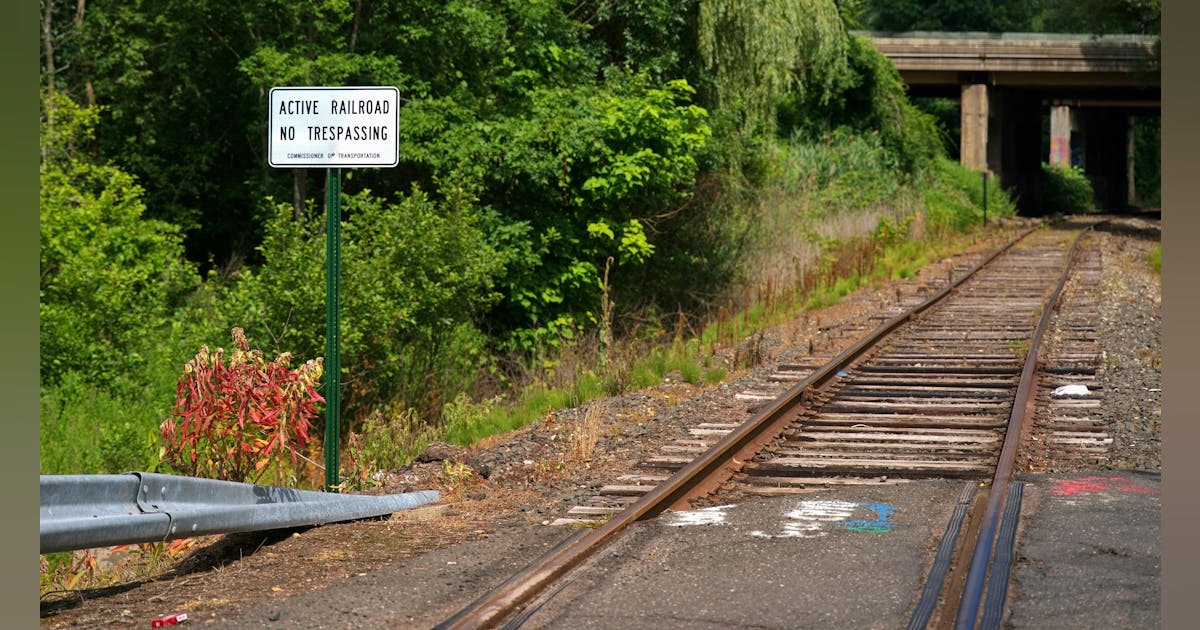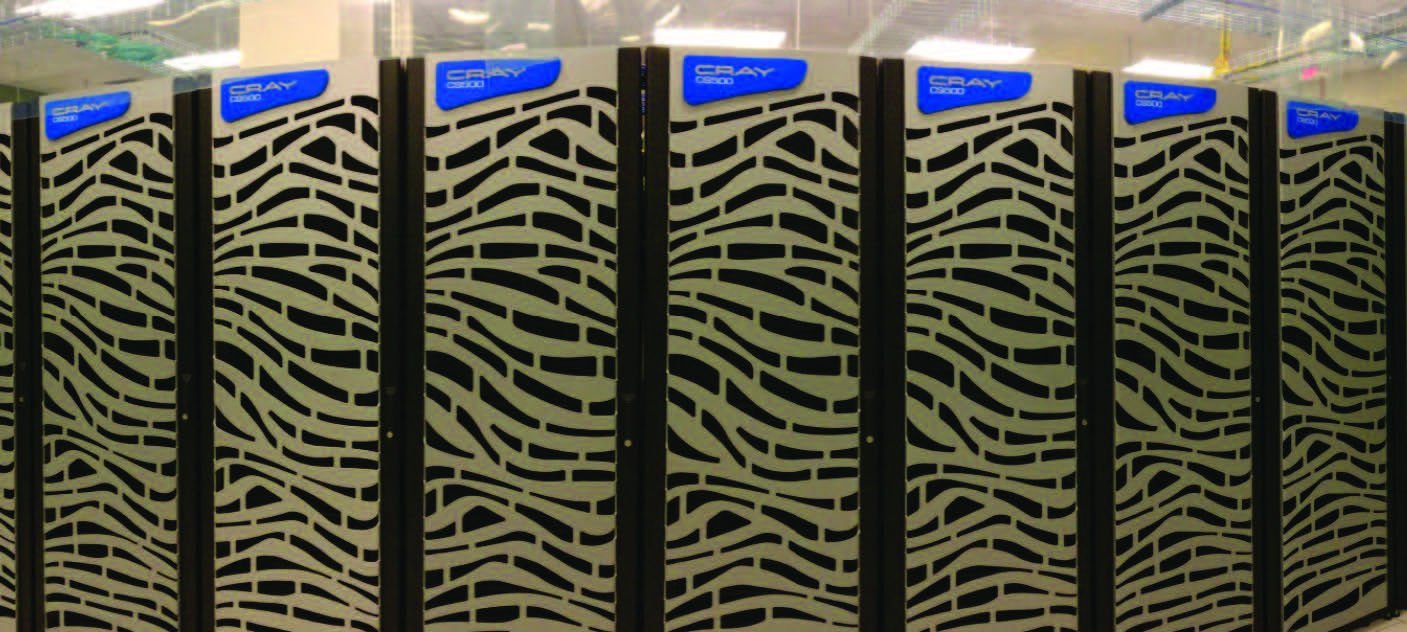Utilizing AI and machine learning to improve railroad safety: Detecting trespasser hotspots

Benefits
Implementing AI and ML solutions for detecting railroad trespassers offers substantial benefits, with significant potential to improve overall safety for all rail users. AI and ML models enable railroad personnel to intervene proactively rather than reacting after incidents occur, potentially reducing the number of future trespassing incidents. By improving hotspot detection, rail operators can strategically allocate resources to areas of greatest concern.
Such targeted interventions have the potential to significantly decrease the number of trespassing incidents, resulting in fewer injuries and fatalities on rail property. Beyond immediate improvements, AI and ML based detection has broader implications for railroad safety management, benefiting both rural and urban environments. In rural areas, where monitoring large expanses of track is challenging due to limited resources, these new models can provide efficient surveillance over extended distances. In densely populated urban settings, advanced analytics can distinguish normal, everyday movement from genuine trespassing threats, minimizing false alarms and improving enforcement efforts.
Overall, integrating AI and ML methods into railroad trespassing detection will not only benefit rail operators but lead to a safer rail environment. While these new methods have shown substantial promise in improving railroad safety, ongoing research and development remain essential. Future efforts will extend these innovative technologies from historical analysis and near real time reporting to actively detecting trespassing events as they occur. Dense populations, increased device activity and intricate urban landscapes require refined analytical methods and tailored solutions to effectively manage trespassing detection.
At the same time, privacy considerations and data security remain at the forefront of this research, requiring constant vigilance to ensure anonymity and compliance with evolving privacy standards. The significant benefits provided by the advanced ML models in trespasser detection include improved accuracy, faster response times, targeted resource allocation and potentially fewer trespassing incidents, all highlight the importance of continued innovation in railroad safety.
Conclusion
Rail trespassing is a deeply rooted challenge, but it is not unsolvable. By applying AI responsibly through data-driven hotspot analysis, integration with existing infrastructure and community-focused safeguards, transit agencies can shift from reacting to incidents toward proactively preventing them. As these technologies mature, partnerships between industry, government and communities will be key to creating a safer and more reliable rail network.
link






